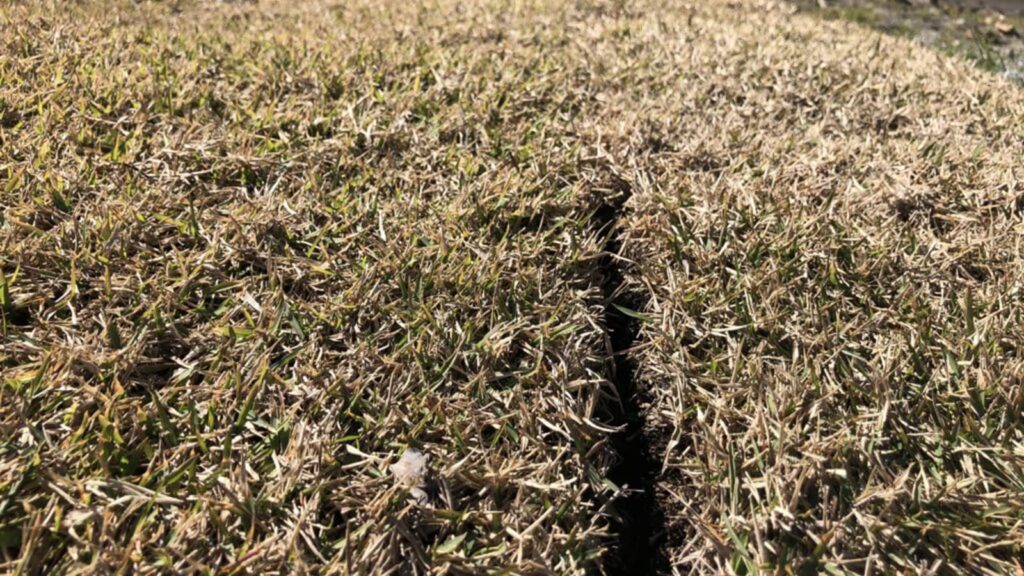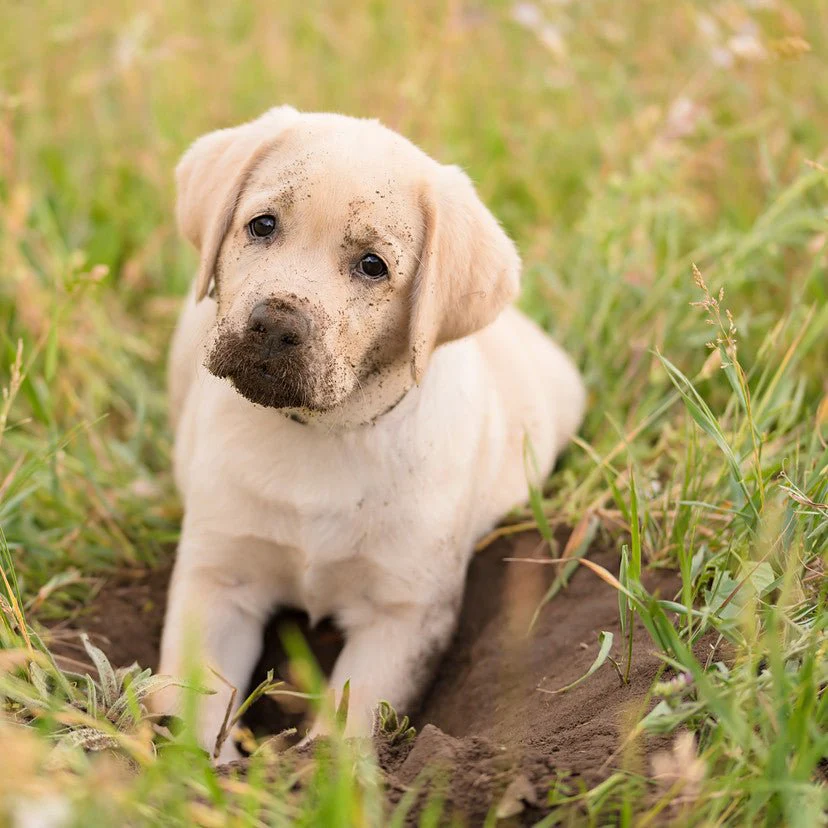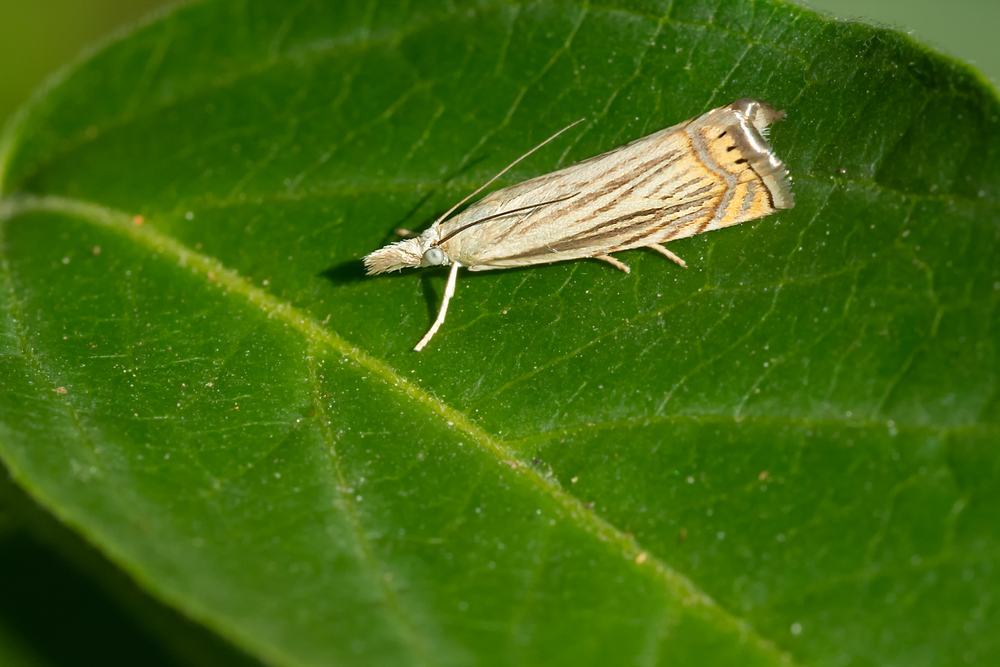A common question asked by many homeowners is, “Can you lay sod in the winter?”. Contrary to common belief, laying sod in the winter is one of the best times to lay sod in specific locations throughout the southern parts of the United States. There are a lot of benefits to laying sod at this time.
It may seem like a bad time to lay sod because warm-season grass is not actively growing and dormant. After all, freezing temperatures could potentially kill roots and keep the sod from establishing itself into the soil’s surface. However, this is not true in all cases.
This article discusses the benefits of installing warm-season turfgrass sod in the winter, such as Zoysia, Bermuda, and St. Augustine.
The benefits of laying sod in the winter.
There are several benefits to laying sod in the winter—one of them is that you’ll more than likely get a head start with establishment in the spring. Once spring rolls around, your grass will be ahead of the game compared to those who choose to install it in the spring.
Another benefit of installing sod in the winter is that although it may be dormant, the sod’s roots are still slowly developing and making progress over the season. Due to its dormancy, it won’t be spending a lot of energy on anything—this means less water and fertilizer while it is establishing.
How late is too late to lay sod?
Waiting until the temperatures outside are consistently reaching the teens (below 20 degrees Fahrenheit) is a bad idea. With that being said, sod can still be laid in the winter, even if frost appears in the mornings.
How to care for newly laid sod in the winter.
Winter maintenance practices for newly installed sod somewhat differs from that of any other installation season—there’s no mowing and very little irrigation required. When installing, you may want to pull the seams a little closer together than usual to protect it from colder temperatures, as demonstrated in the pictures below.
Even though the grass is dormant, you will want to water it and keep it moist. The root system is growing slower, but water is still needed to keep the first two inches of the soil surface moist.
A protective coating of water allows for temperatures to freeze the water in place of the grass. About 0.25 inches of water a week should be enough. Irrigate immediately after laying the new sod.
Fertilizing new sod in the winter.
Lastly, you do not need to fertilize during winter installation. It is better to wait until spring to make fertilizer applications when the grass is actively growing. Your grass is in dormancy, so it is unable to absorb any nutrients at this time. The fertilizer nutrients will just sit in the soil without bringing about any benefits to your lawn. It will serve as a waste of money and time as well as potentially causing run-off into your ponds and drains when it rains.





